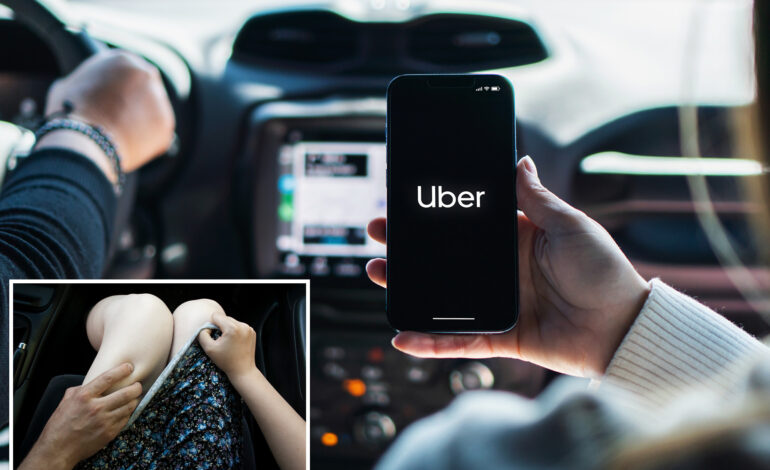Uber Faces Bombshell Claims: 400,000 Assault Reports Uncovered

UPDATE: A shocking report reveals that Uber received over 400,000 complaints of sexual assault or misconduct against its drivers in the U.S. from 2017 to 2022—that’s one report every eight minutes. This figure dramatically surpasses the 12,522 incidents Uber publicly disclosed, according to unsealed court documents cited by the New York Times.
These alarming claims are part of ongoing litigation involving more than 2,300 victims who accuse Uber of prioritizing profits over passenger safety. The consolidated lawsuits, which have gained traction after a judge’s ruling in July allowing them to proceed, are set to begin trial in December in federal court in San Francisco.
Victims allege that Uber failed to adequately screen drivers and ignored numerous warning signs. Uber has vigorously denied these claims, asserting that the majority of the reported incidents were “minor, unaudited, or false.” The company contends that these assaults represent just 0.006% of total rides, with the most serious cases making up only 0.00002%, or roughly one in five million rides.
Despite Uber’s claims, troubling evidence remains. In a particularly harrowing incident in December 2023, a woman in Houston reported being raped by her driver after a ride that was supposed to last 22 minutes ended five hours later at a Motel 6. Automated alerts sent during the ride went unanswered, raising serious questions about Uber’s safety protocols.
The New York Times further details cases where intoxicated passengers faced assault, including a driver in St. Louis accused of forcing a passenger to perform oral sex before picking up additional riders. Internal documents reveal that Uber has been slow to implement recommended safety reforms, despite having developed advanced safety tools that proved effective in testing.
Uber’s algorithm, known as Safety Risk Assessed Dispatch (S-RAD), was designed to predict up to 15% of potential assaults during rides. However, internal reports highlighted critical flaws, indicating that high-risk trips were still being dispatched. An Uber official explained that avoiding high-risk pickups could leave passengers stranded, potentially leading them to make unsafe choices, such as drunk driving.
The company’s safety decisions have faced scrutiny, with internal analyses showing that the prioritization of user growth and lawsuit avoidance often overshadowed safety concerns. A 2021 internal document candidly stated, “Our purpose/goal is not to be the police,” emphasizing a troubling focus on maintaining business operations over ensuring passenger safety.
Women constitute the majority of victims, and patterns indicate that assaults frequently occur late at night and on weekends, especially near bars. Reports have shown that male perpetrators often had prior misconduct complaints and low user ratings.
While Uber has invested billions in safety measures and claims to have cut serious assault rates by 44%, the company has not released updated data on incidents since 2022. Hannah Nilles, Uber’s head of safety for the Americas, acknowledged that about 75% of the reports involved less serious offenses, but the absence of independent audits raises concerns over the accuracy of these claims.
As these lawsuits progress, the implications for Uber could be significant. Victims are demanding accountability and transparency, holding the company responsible for their safety. With the first trials approaching in December, the spotlight will be on how Uber addresses these pressing safety issues and whether it can regain public trust.
For now, the situation remains fluid, and as this story unfolds, the focus will be on the experiences of the victims and the legal battles that could reshape Uber’s approach to safety in the ride-hailing industry. Stay tuned for further updates on this developing story.






